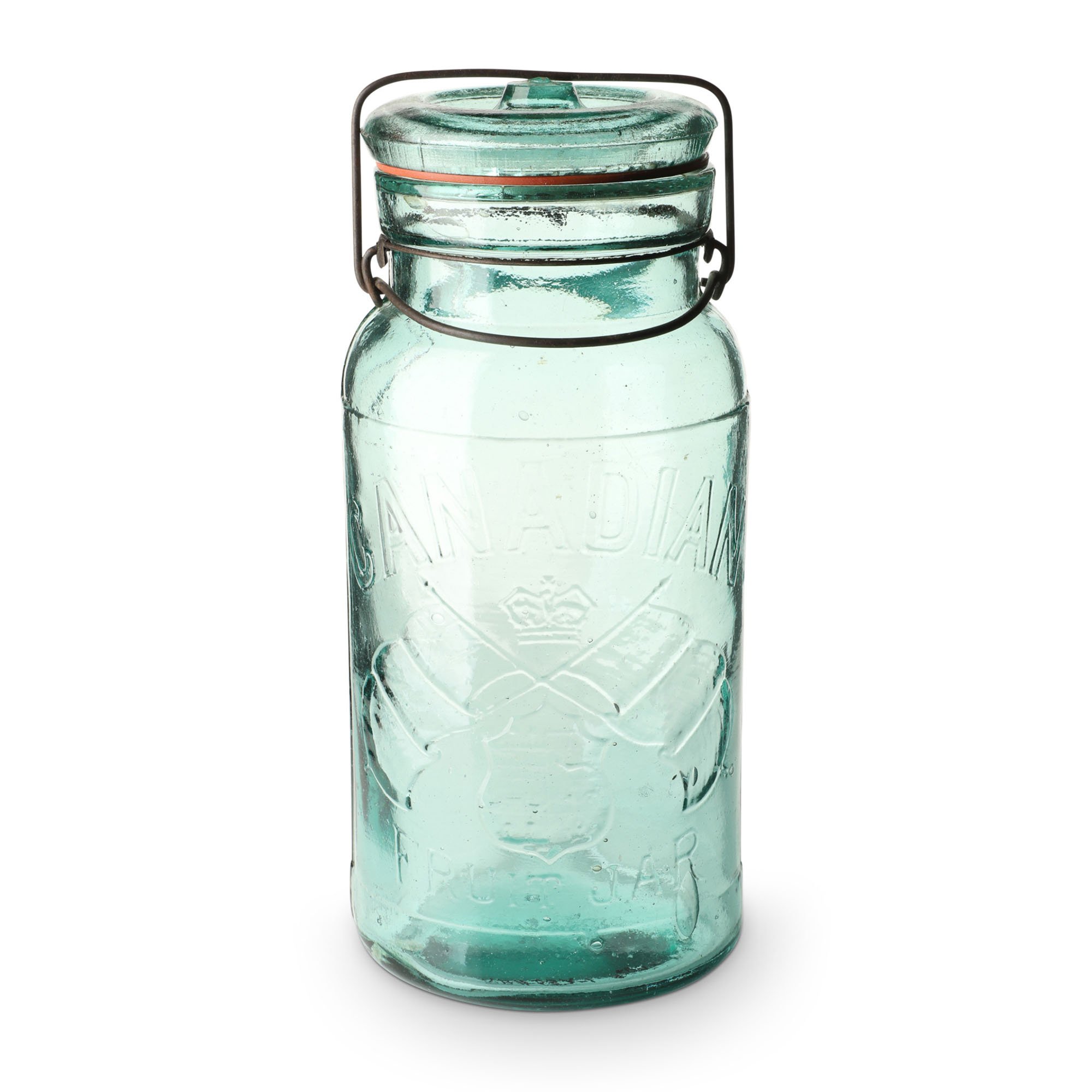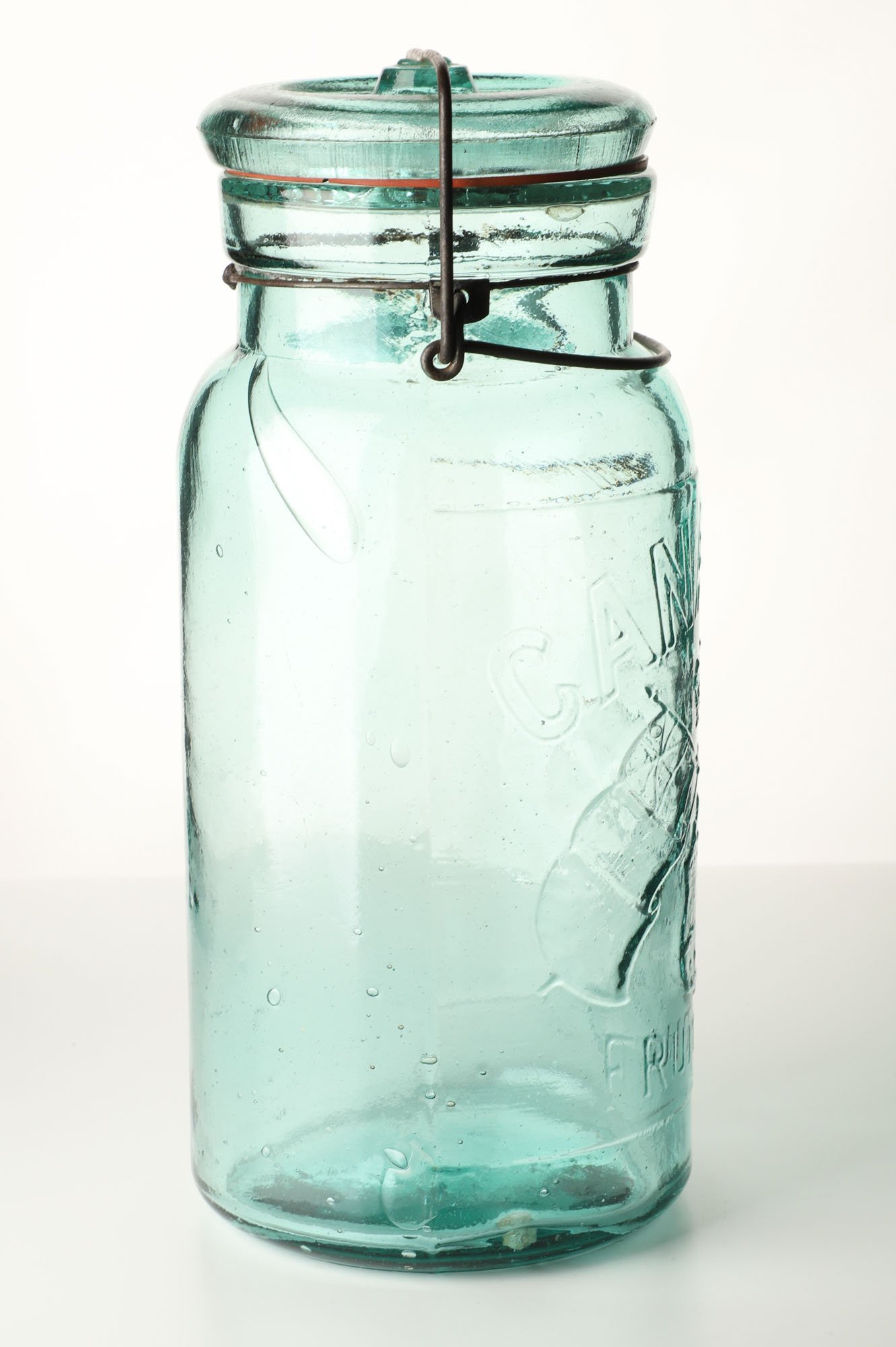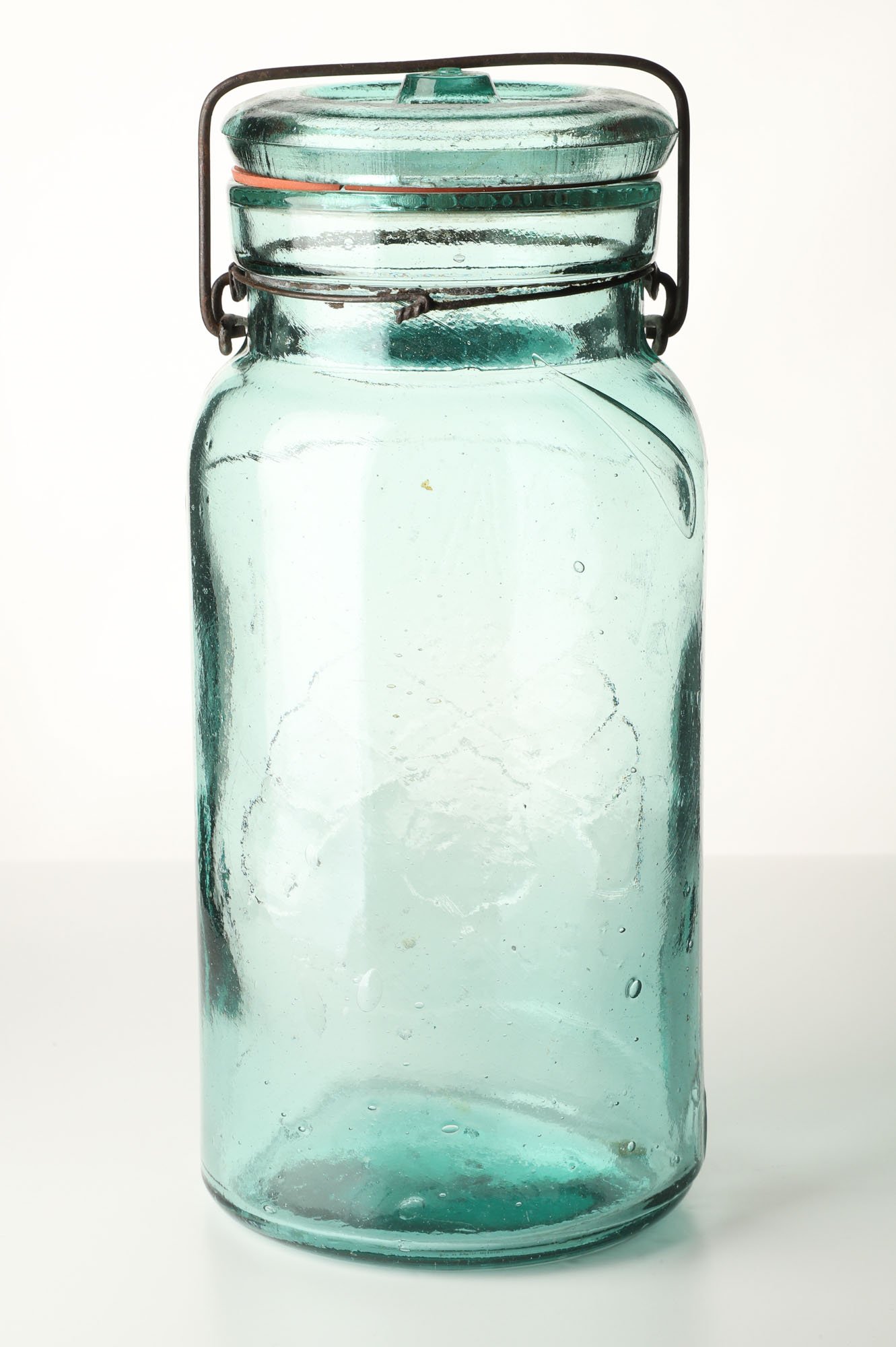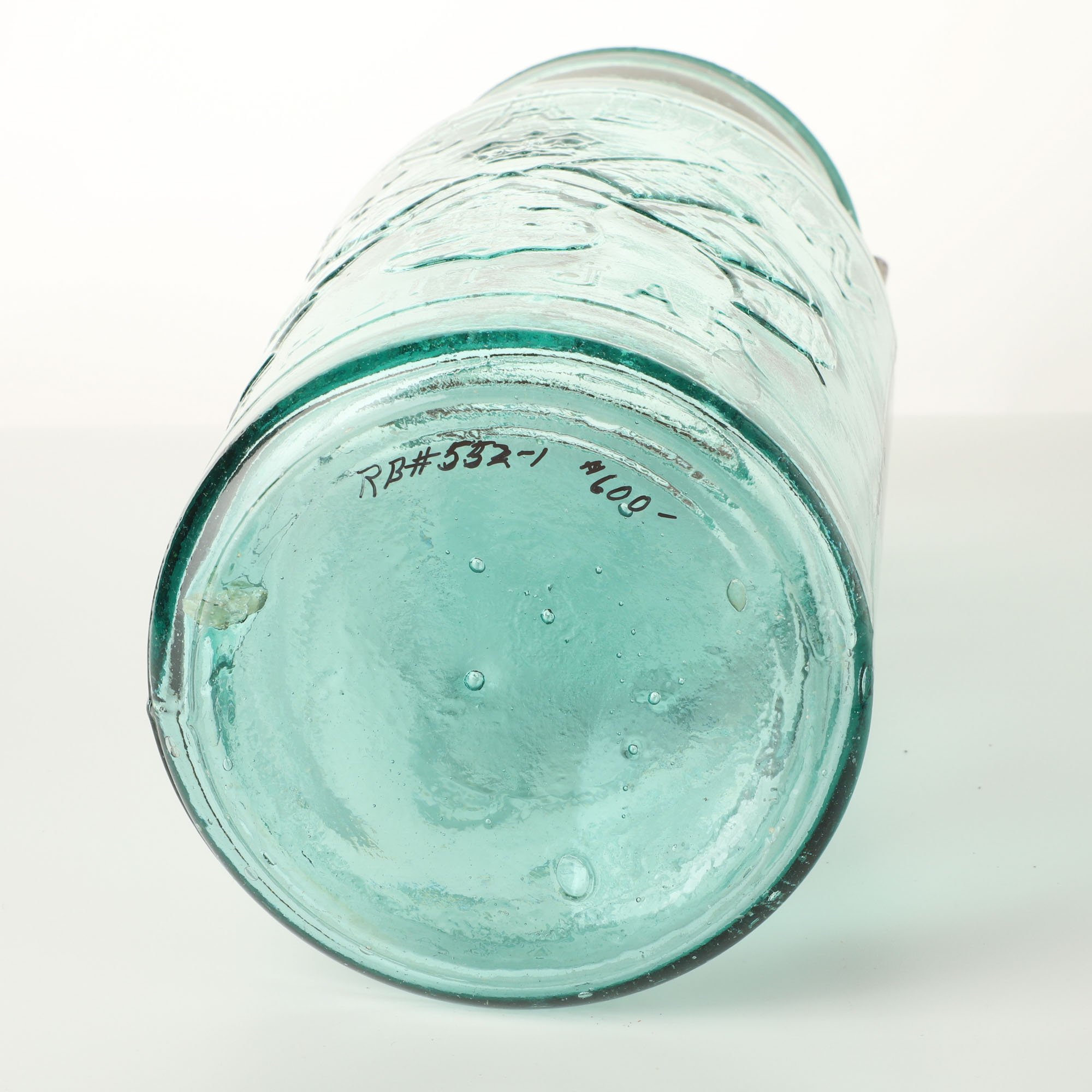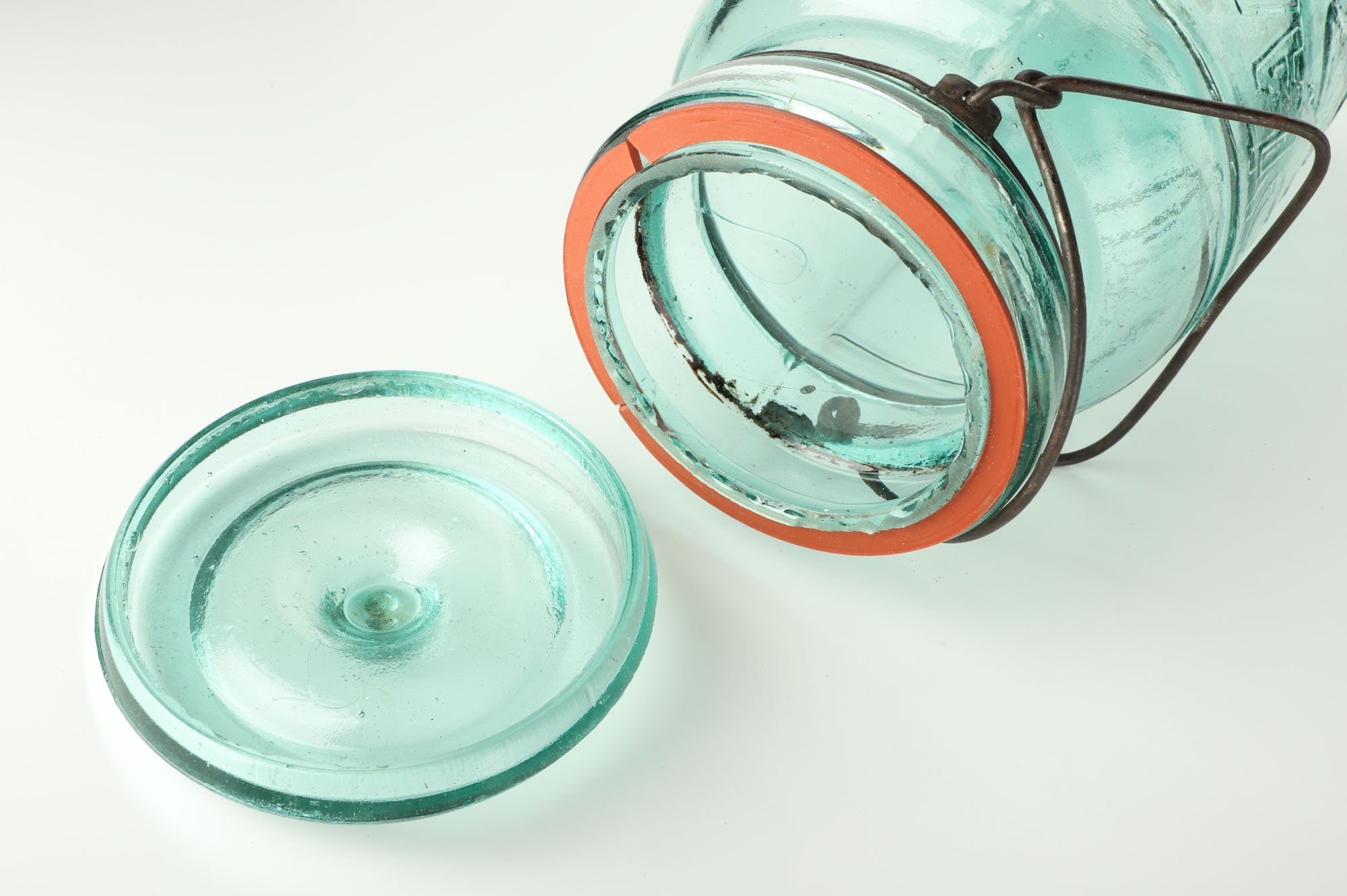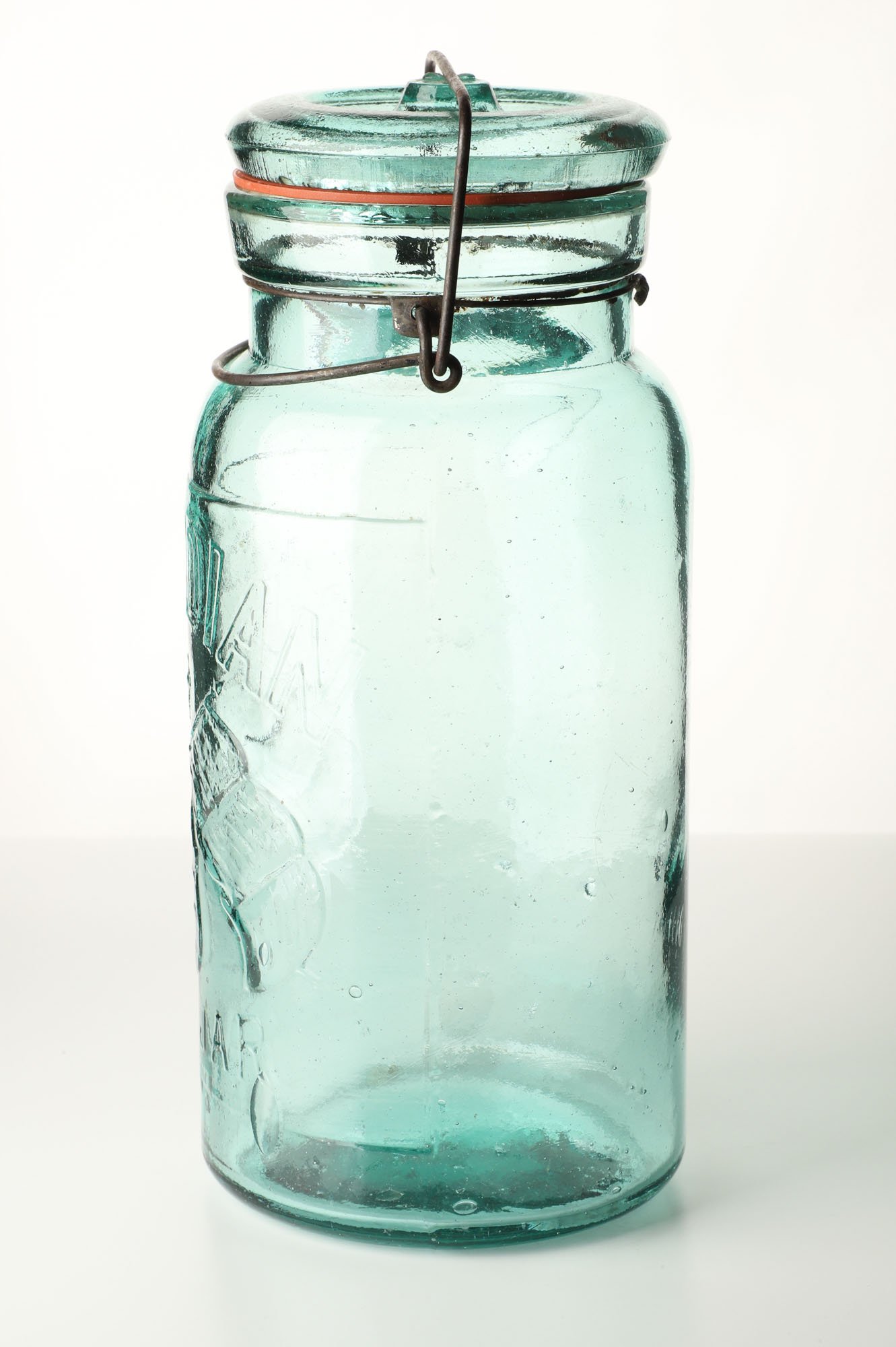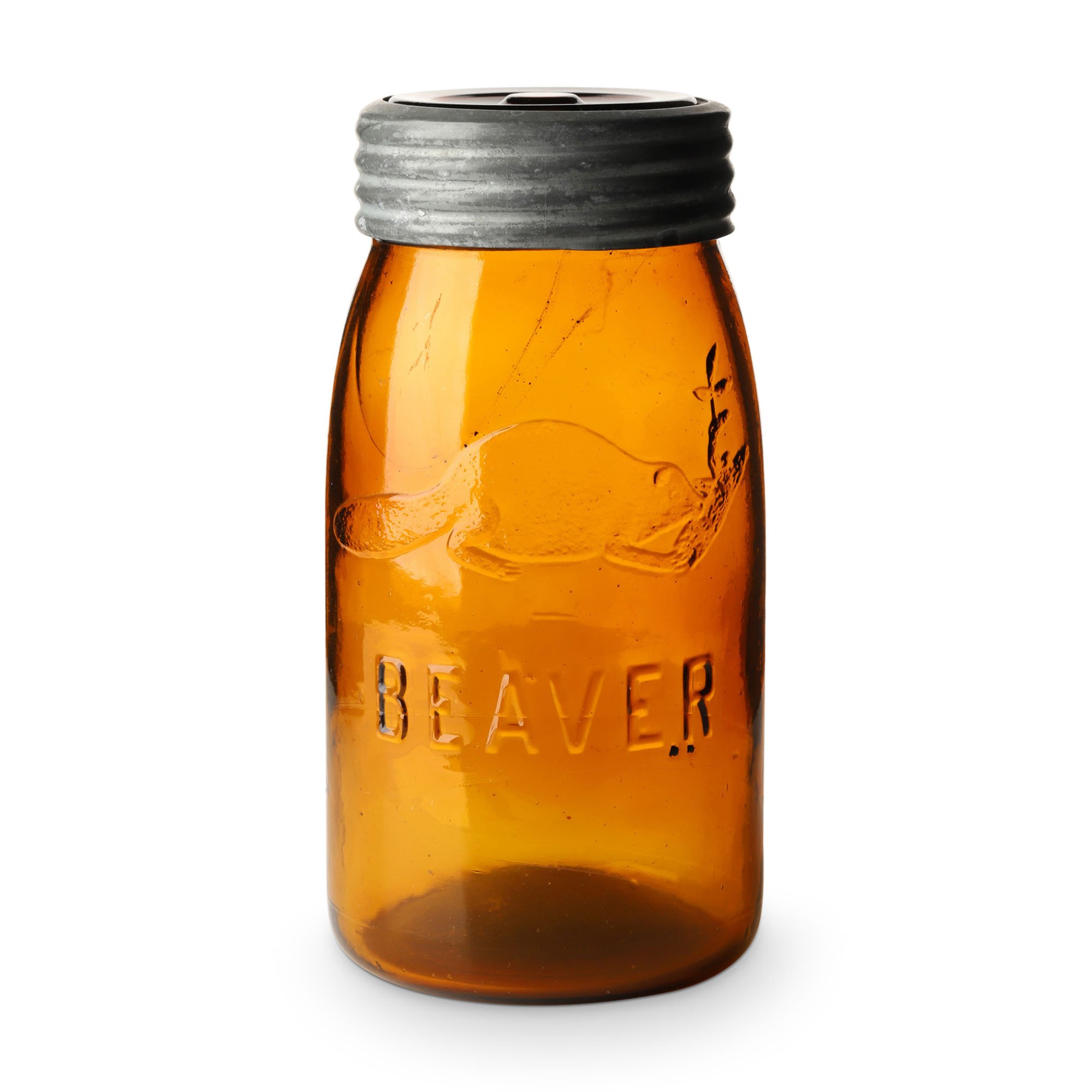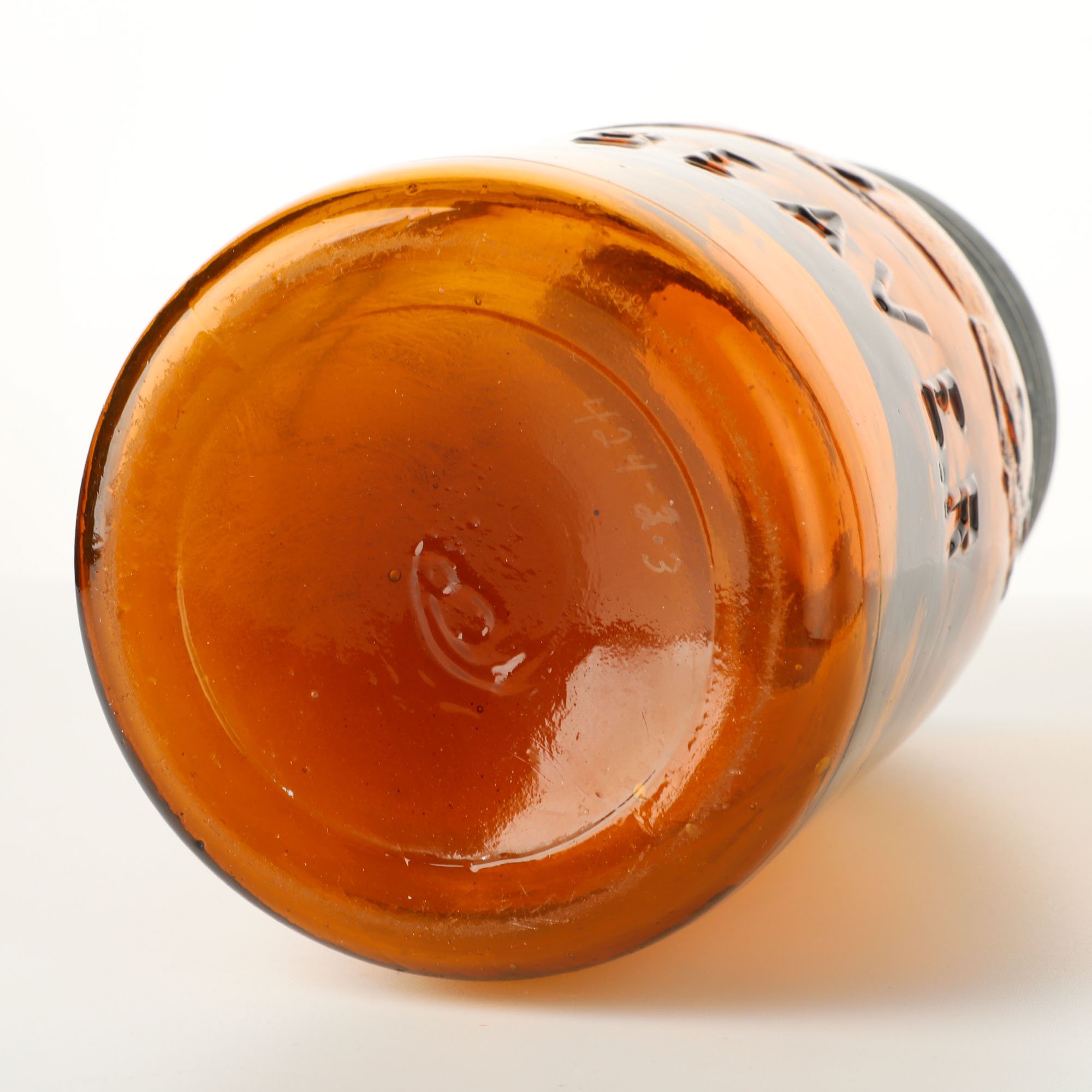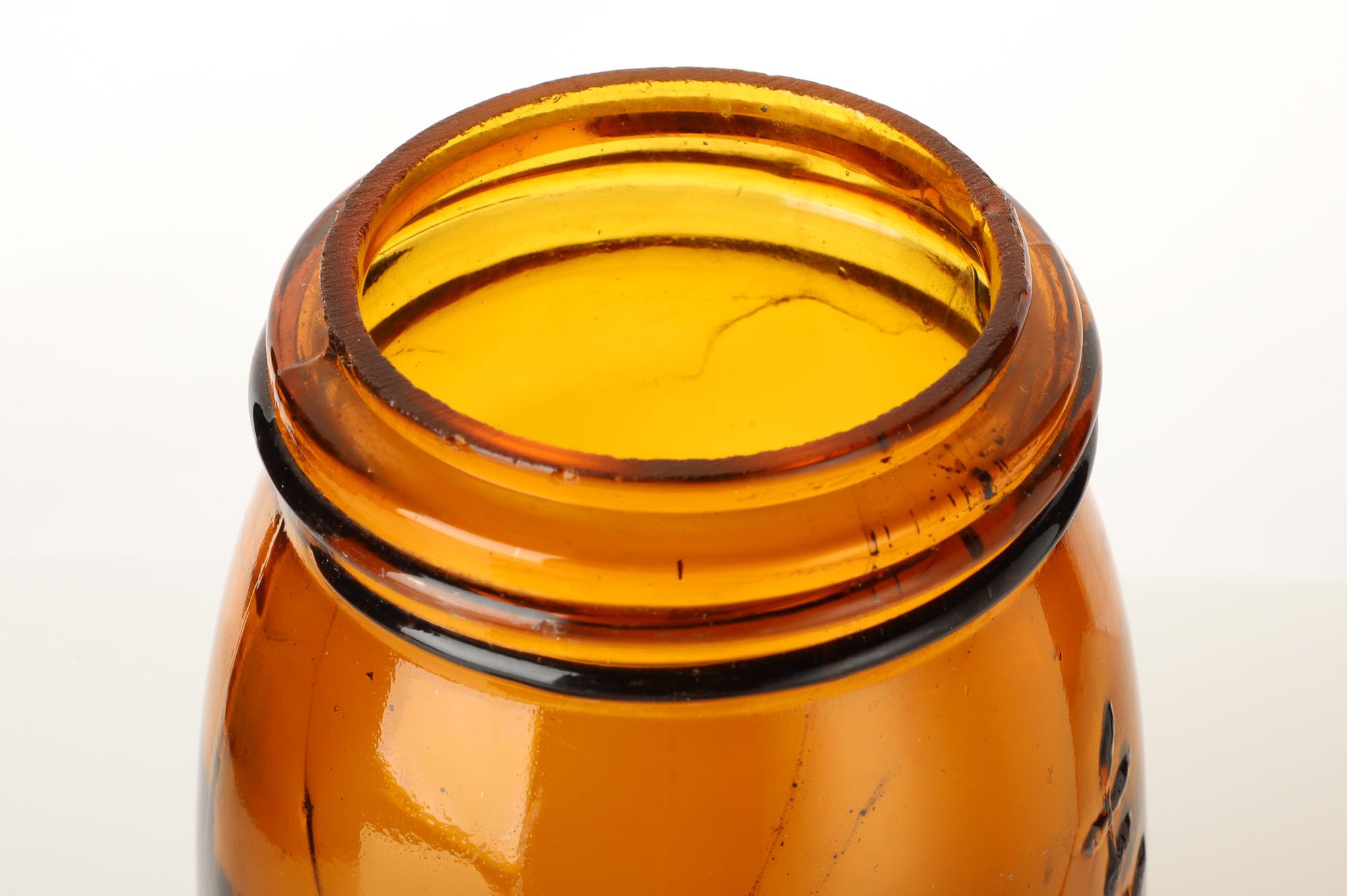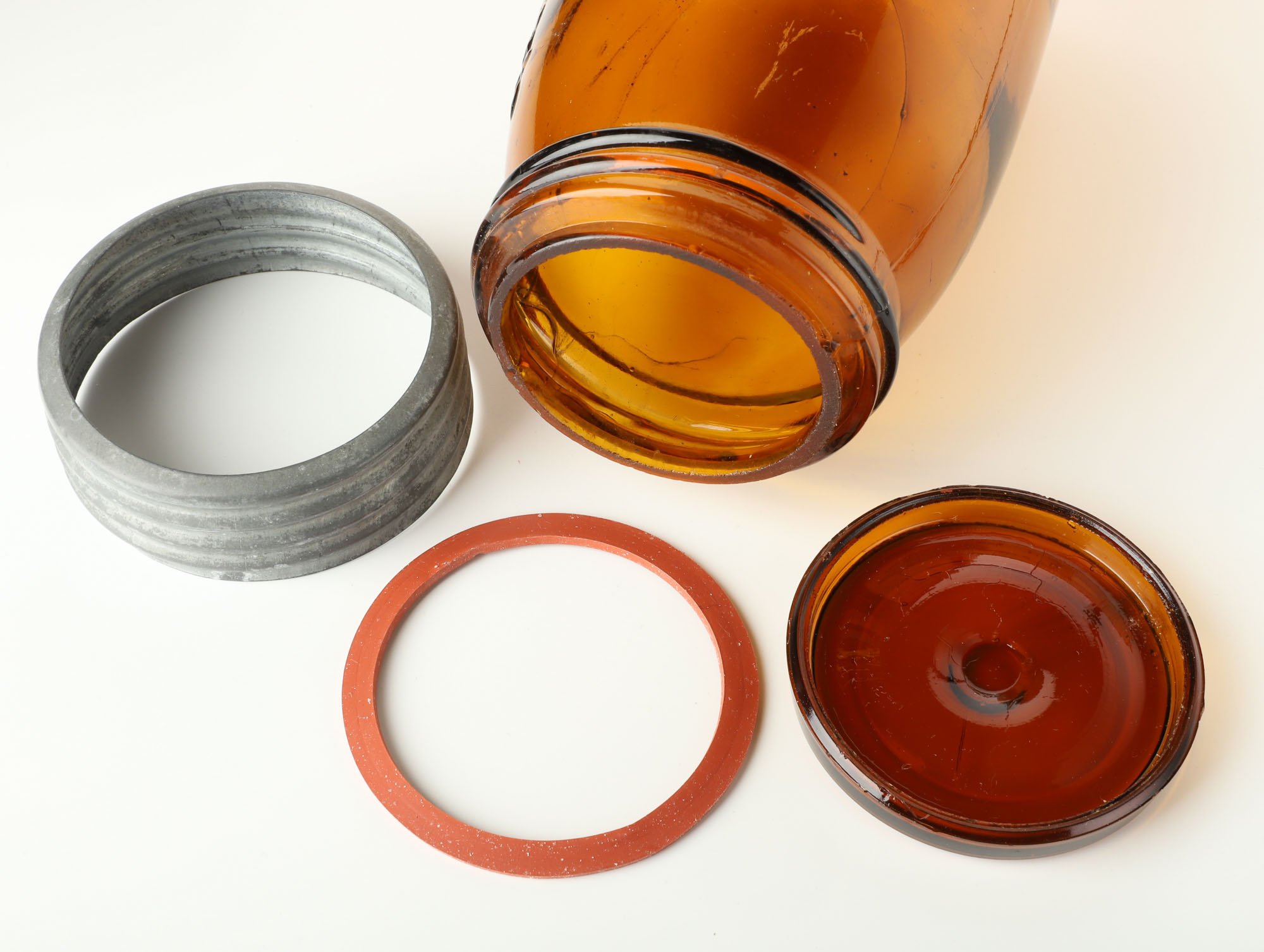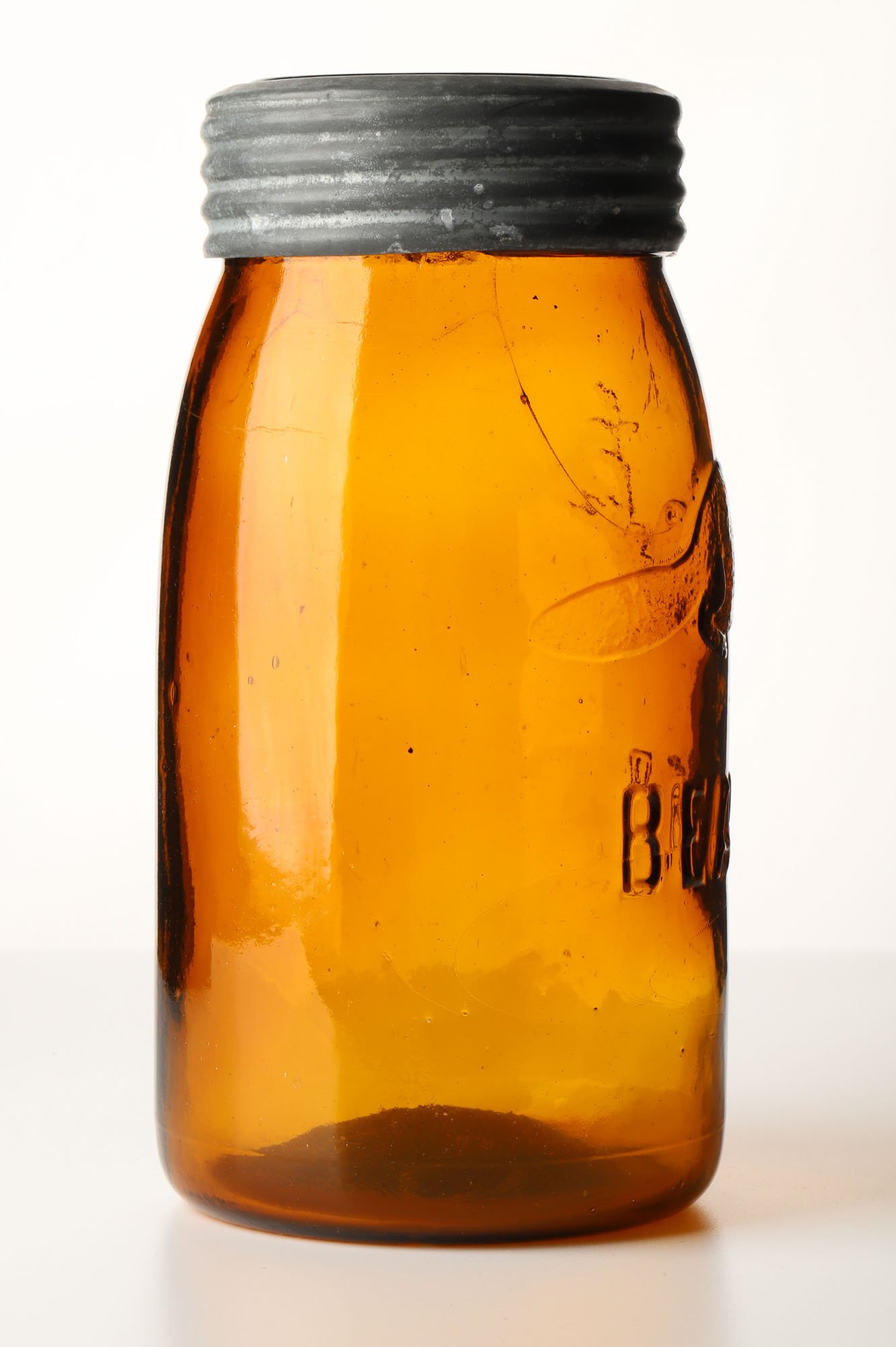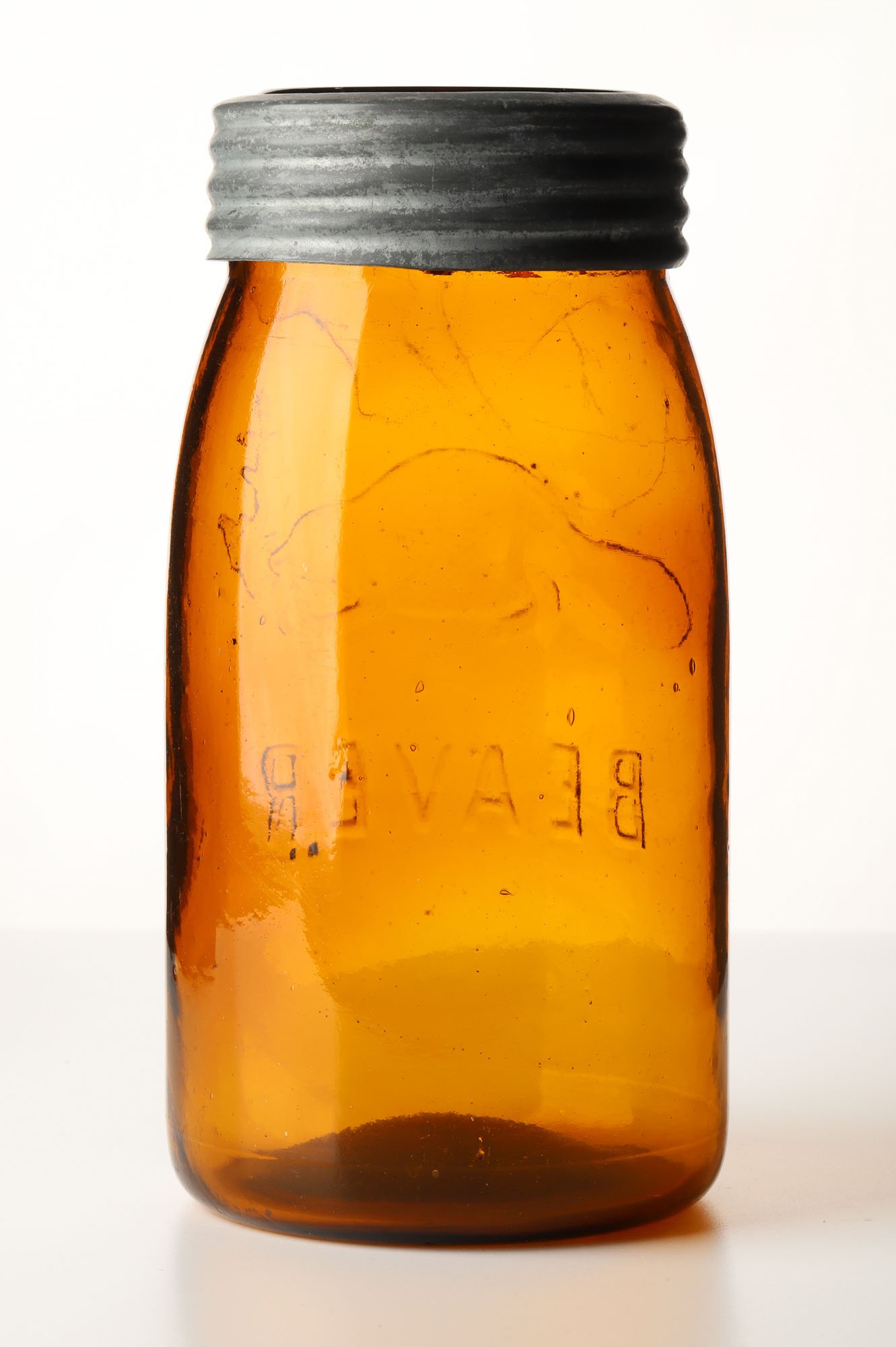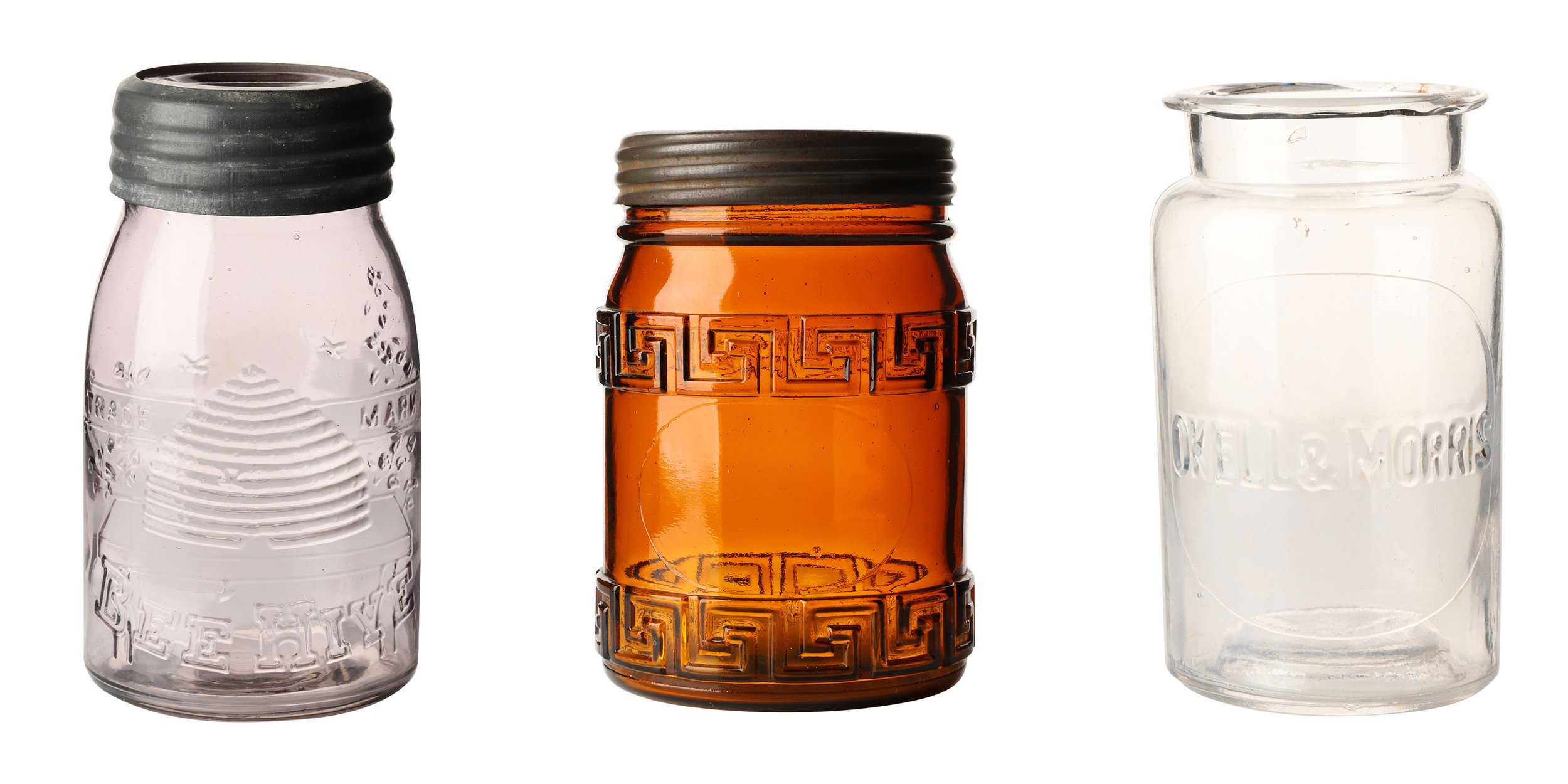Excavating for ‘gold’
Highlights from a lifetime of collecting fruit jars
Highlights from the George Koolery Collection come to auction on January 21 at Miller & Miller Auctions.
Collector George Koolery has been digging around for fruit jars since 1970. At shows, in shops, at flea markets, garage sales and in many cases literally digging in the ground – with his hands and a shovel. At the peak of his collecting he estimates he had between 2,000 and 3,000 fruit jars, 90 per cent of them Canadian dating between 1860 and the 1950s.
“It’s taken me a lifetime to put this collection together,” he confides. “And it’s afforded me the opportunity to meet so many fascinating people in so many different places.”
Now, he’s consigned some of the highlights in his prized collection to Miller & Miller Auctions, to be sold at their Jan. 21, 2023 sale, Advertising & Historic Objects.
Koolery’s digging around all started with a fateful find while living in the wilds of Northern British Columbia near the Skeena River five decades ago. He was adventuring out and about one day when he stumbled upon an abandoned root cellar. Inside he found a bunch of filthy old fruit jars. They were common ones as it turned out, but the discovery tweaked his interest and represented the official start of what he now calls his “addiction”. Since then, he’s developed many friendships with others who share the same obsession.
“Bottle and fruit jar collectors are a nutty group, I’ll tell you. They’ll go to all kinds of extremes,” says the 80-year-old former science teacher who was born in Brooklyn, N.Y., but has lived in Nanaimo, B.C. for almost 50 years now. And those extremes absolutely include digging in dirt, a rigorous and most optimistic activity. “You know, the deeper you go the older the finds,” he explains.
Places like old dumps and settlement sites can be gold mines for glass collectors. Once, after cutting out a big clump of spiny blackberry bushes and their knotty roots, he dug down and uncovered three midget jars: a Beaver, a Dominion and a Mason 1858 fruit jar. He even went on digs in Australia while he was teaching there for a year. That’s where he bought the Australian-made ‘Canadian’ fruit jar, the only one of his jars in the sale not made in Canada (Lot 333). And in his opinion, “it’s gorgeous”.
This Australian "Canadian" Fruit Jar is offered as lot 333 in the sale.
When glass replaced pottery in the late 1800s as the material to best preserve food over the winter, various companies competed to manufacture the superior version of the practical fruit jar. Available in various sizes, shapes, colours, and designs embossed with the maker’s brand, the way they sealed also varied and included cork plugs, clamps and screw tops.
Some of the highlights in the upcoming Miller & Miller sale include the rare Hamilton No. 1 clamp jar (Lot 199), the Hamilton No. 2 cork jar (Lot 195) and the Hamilton No. 4 clamp jar (Lot 198).
Pictured above from left to right are the rare Hamilton No. 1 clamp jar (Lot 199), the Hamilton No. 2 cork jar (Lot 195) and the Hamilton No. 4 clamp jar (Lot 198). All are offered in the upcoming sale.
There’s also an amber beaver quart (Lot 54) and a left-facing beaver midget pint. All beaver style jars were made in Canada, roughly between 1880 and 1900, many by the Sydenham Glass Company in Wallaceburg, Ontario. The beaver is undoubtedly the quintessential Canadian symbol and in fruit jars every beaver is a different colour, due to the fact glass factory workers mixed the colour chemicals without measuring. The rarer left-facing beavers are also very desirable among collectors.
This Beaver Amber Quart Fruit Jar is offered as lot 54 in the sale.
Another rarity in the sale is the highly-sought-after amethyst pint-sized beehive fruit jar, embossed with a beehive and swarming bees (Lot 254).
And then there’s the Greek key amber quart (Lot 336), which Koolery describes as a “stunning jar”.
He’s also quick to point out the O’Kell & Morris pint (Lot 247) with its flared lip, made for the Victoria, B.C.-based company which sold jams and confectionary between 1892 and 1895. There are only seven or eight known to still exist he says.
Pictured above from left to right are the Beehive Midget Pint Fruit Jar (Lot 254), Greek Key Amber Quart Fruit Jar (Lot 336) and Okell And Morris Pint Fruit Jar (Lot 247).
As for reproductions, he’s never been fooled but says he’s seen a few in his time. For years, he’s relied on the guide The Red Book of Fruit Jars, by Douglas M. Leybourne Jr., to identify imposters. “I’m fairly confident I would recognize a reproduction,” he says.
Fruit jar collectors may well be a “nutty bunch” as Koolery affectionately puts it, but when it comes to describing their antique utilitarian food-preserving vessels there’s no holding back.
‘Magnificent,’ ‘stunning’ and ‘gorgeous’ are often the favoured words of choice, says Koolery. Even if they’re the same descriptors more often associated with exceptional works of art. But then again that’s just how fruit jar collectors see them.
“But it’s all in the eye of the beholder,” he admits. “Even the common ones can be magnificent. Sometimes a jar just says ‘take me home’ and then you find out who made it, how and when. If it turns your crank all the better.”
By Diane Sewell
Diane Sewell has been a writer for over 25 years, producing feature stories for some of the country’s top newspapers and consumer magazines, as well as client newsletters and commissioned books.
AUCTION DETAILS:
Advertising & Historic Objects
January 21, 2023. 9am EST.
Did you enjoy this story? Feel free to share it using the links below:


